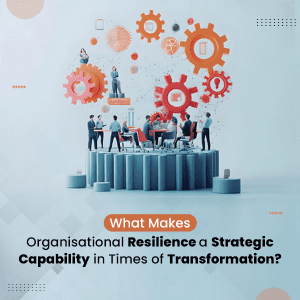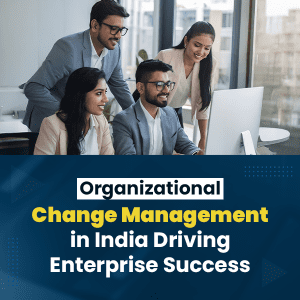
In today’s knowledge economy, employees with unique skills have a profound impact on organizations. It’s crucial to keep them happy. Many managers believe that compensation is the key (as the eye-popping rewards paid to employees in the upper echelon show). But genuinely talented people aren’t just motivated by money. Earlier, we discussed key challenges organizations are facing today while attracting and retaining the best talent. While there’s no silver bullet but let’s look at ways in which we can address some of these challenges.
- Brand, compensation, and Benefits – this is more long-term play and organizations need to work on creating a brand that is known for helping employees succeed while challenging them to exceed their potential. Every brand needs to have a personality and how well can talent associate with that will go a long way in both attracting and more importantly retaining people.
- Recruitment Process – how do we make this more structured and shorter gone are the days when companies used to take 30-45 days to screen profiles and then respond via a standard e-mail on the next steps. This shows the agility and decision-making framework of an organization, something the young workforce definitely looks at. For all senior hires, make sure verification and reference are part of the standard process before making the final offer – it’s good to talk to a few people to get a perspective on the values, people, and hard skills your next leader brings to the table.
- Diversity, Equity & Inclusion (DE&I ) – It starts with awareness and is important to train interview panelists and leaders to look beyond their biases and recruit the best available talent for their respective organizations. It’s also a good idea to encourage hiring people who were out of the job market for personal / family challenges as you might find some excellent talent there who might not be in the eye of the market due to career breaks.
- Counteroffer scenario – Playing with market dynamics is a reality and you need to be prepared to have a range with which you can work. Get this initially from the hiring manager to avoid going back and forth and slowing the process. As a recruiter, you need to use judgment, interview feedback, and candidate fitment while making the final offer. Good to understand what the candidate is looking for is its money, title, job description, future growth opportunity, company brand & so on, and make sure your offer is touching that key point.
- High offer Dropouts – Again reality of the market, while you need to do an analysis on the top reasons for dropouts, it’s also good to have a healthy recruiting pipeline (20-25%) more than the actual hiring number to avoid any last-minute surprises.
Top talent enables outcomes that otherwise wouldn’t be possible — special, tail-of-the-distribution-curve outcomes. If you rely on these people for outstanding organizational performance, you must tweak the way you look at them and treat them as valued, unique individuals.






